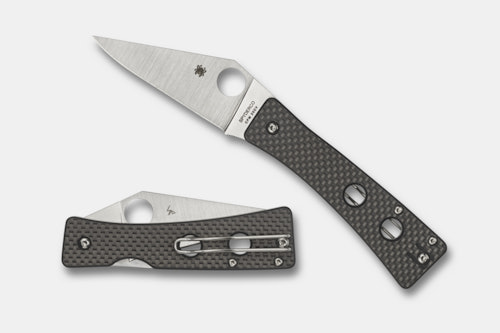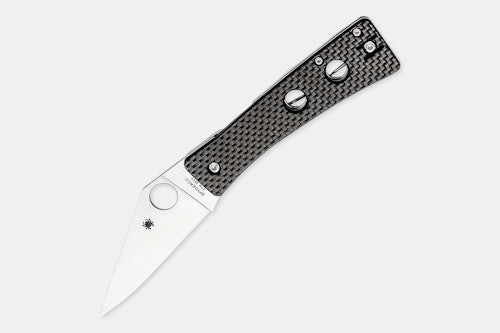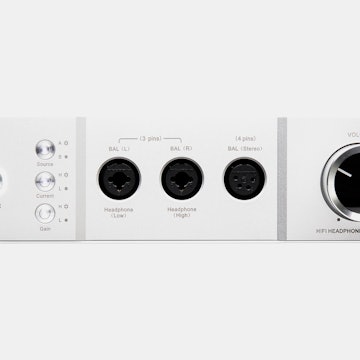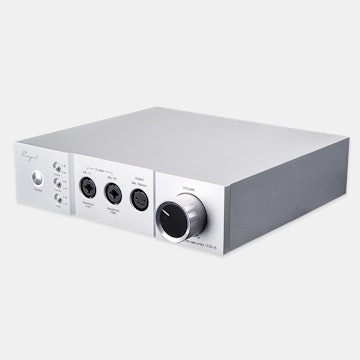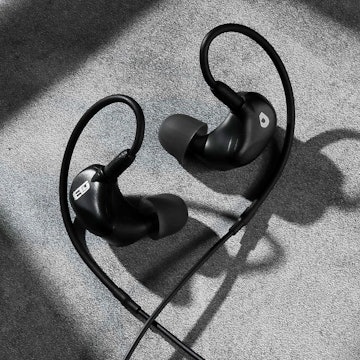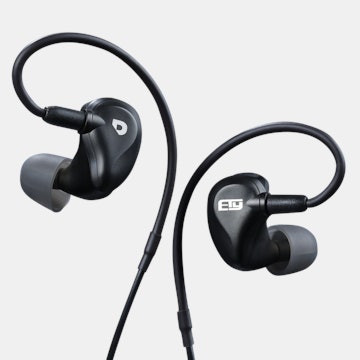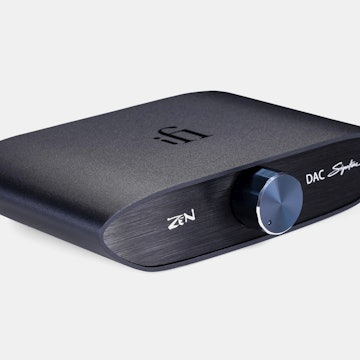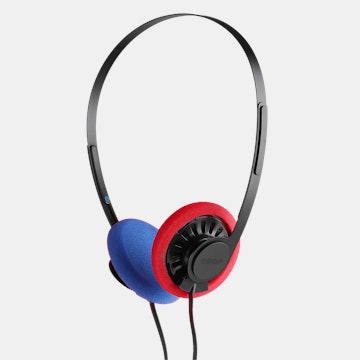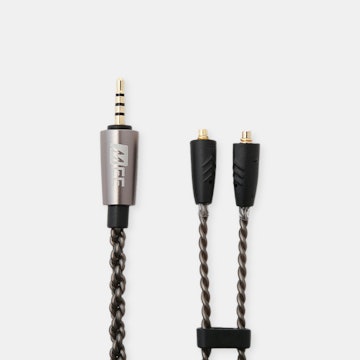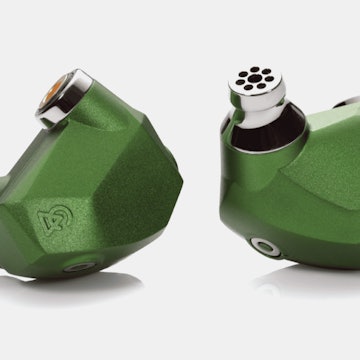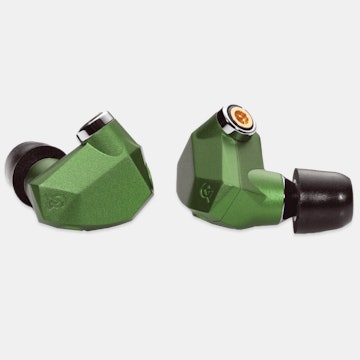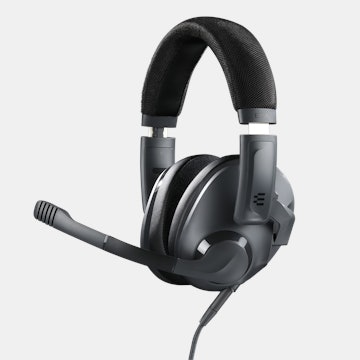Click to view our Accessibility Statement or contact us with accessibility-related questions







Spyderco Watu CPM20V Compression Lock Knife
Spyderco Watu CPM20V Compression Lock Knife
bookmark_border
Where's the price?
To negotiate the best possible price for our customers, we agree to hide prices prior to logging in.
85 requests
Product Description
Inspired by the traditional knife of the Chokwe people of Africa, the Spyderco Watu is simple by design, but ready for complex tasks. The blade is technically a clip-point, albeit about the most barebones version you could draw up Read More

search
close
Sort by: Newest
keyboard_arrow_down
Kavik
5531
Dec 10, 2020
Man, that is one ugly knife 🤢
Looking at this thing really does highlight the absurdity of keeping that stupid hole on every single model, even when it reallllly doesn't help the design of the knife.
Not sure what's worse; that sharp, angular peak above the off centered hole? Or showing off all that wasted space in the handle when the knife is closed by giving it those 4 large lint trap holes?

method_burger
563
Dec 18, 2020
yeah, maybe its because for liner and frame locks, all you need is a cutting disc, whereas a button lock you need a metal lathe, which cost more time and money to operate and make the buttons to tolerance, on top of assembly costs. i remember the process for making a liner lock by a custom maker and all he uses is a dremel, drill and a jig for the the lockface on a grinding wheel. just spitballing here too.
but on that note, if they make the button hollow to begin with, and then put a cap on it for your finger, then couldnt they get away with putting the spring inside the button rather than on the outside, making assembly easier while maintaining rigidity of the lock?

reswright
3851
Dec 18, 2020
method_burgerBoth the Tangram and the Griffin I have do that -- but there's a problem doing that that you can spot straightaway when you see pics of their button assemblies, disassembled:
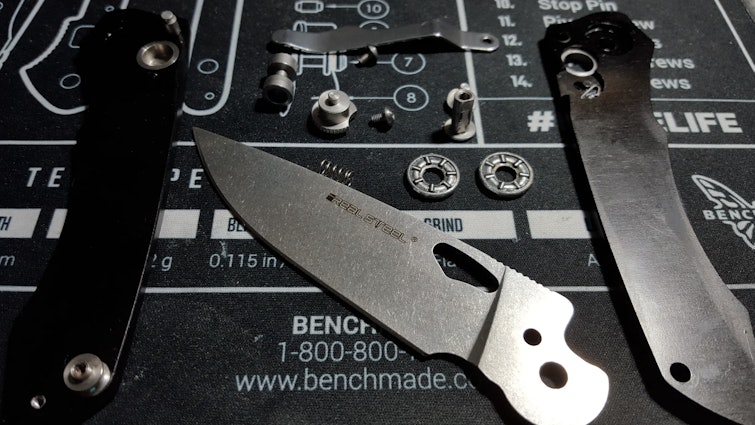
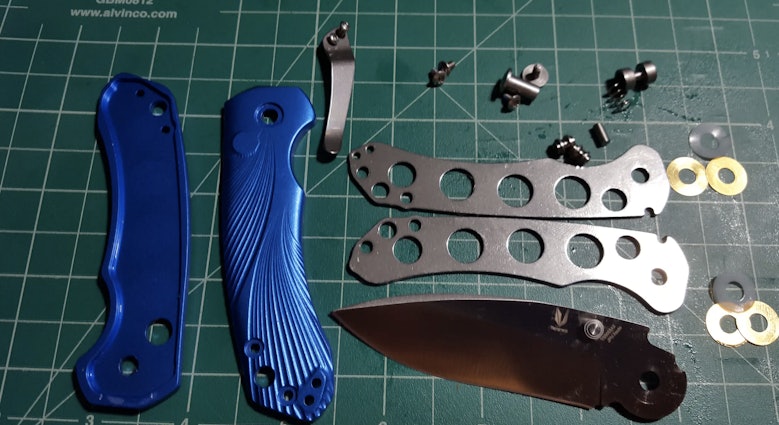


UrsaLupus
8
Dec 10, 2020
Why is this considered a drop? You can buy the knife for the same price almost everywhere else on the internet right now.
(Edited)
Leoanger
355
Dec 9, 2020
I was smitten by this design when I first saw it, but in my mind it was much smaller. There are many good edc choices in the mid-size category, and I already have a couple that are all-time favorites. Not to say I won't buy one eventually. By the time I do, it will likely be discontinued and I'll have to keep an eye out on the second-hand market. But that's all part of the fun for me.

Vbmoore
140
Dec 9, 2020
Spyderco has map pricing,which means everybody ,all dealers sell for the same price. This knife is showing up at mass drop because it’s a slow seller.If it was a hot spyderco model it would be sold out everywhere.
ecoleman
766
Dec 9, 2020
Ltam01If you've been here long enough, you know that unfortunately it's not anything new and it's been getting worse and worse.
Recent Activity

